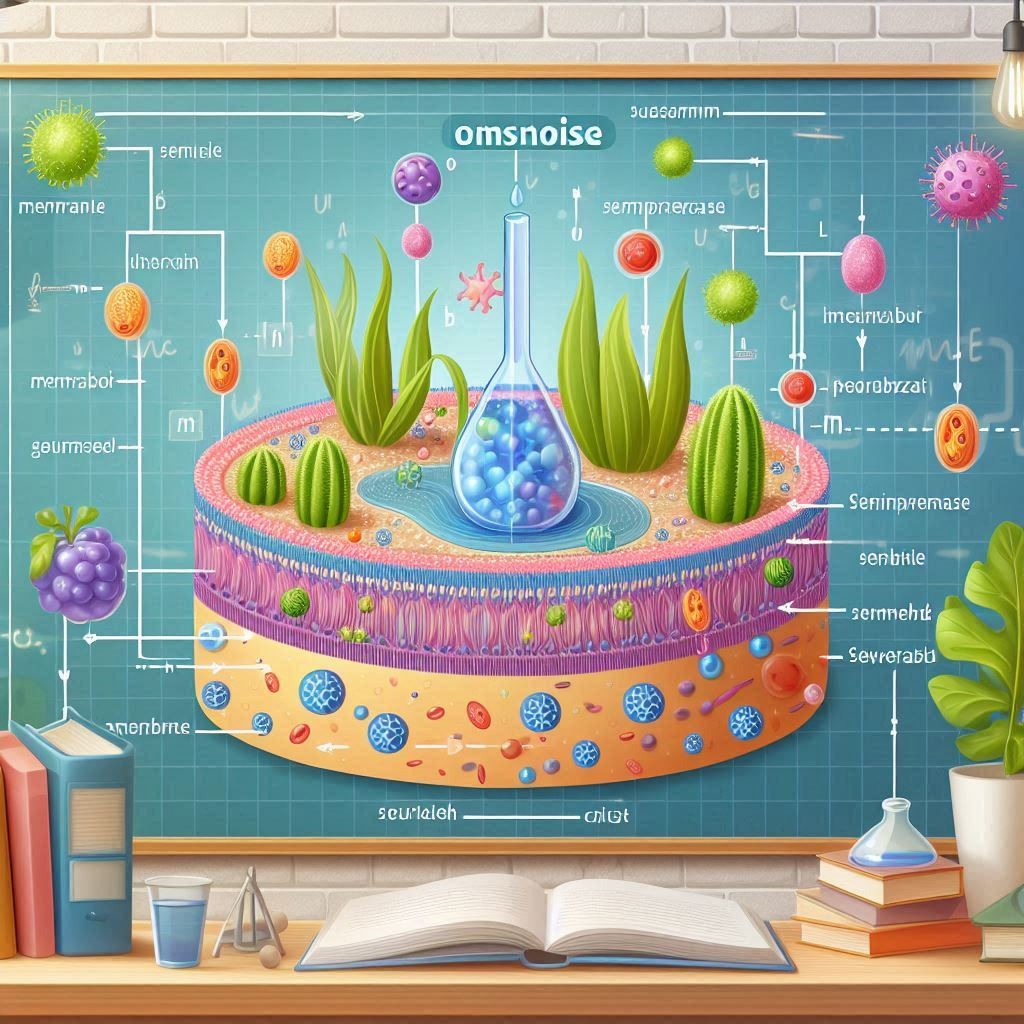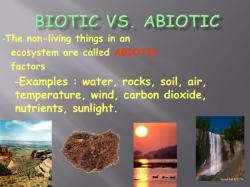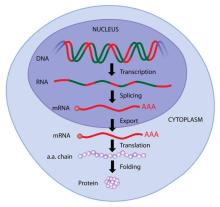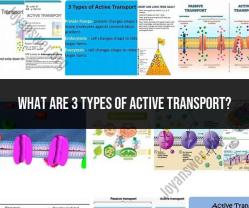What is osmosis in biology?
Osmosis in biology is the movement of water molecules across a selectively permeable membrane from an area of lower solute concentration to an area of higher solute concentration. This process helps balance the concentration of substances on both sides of the membrane.
In simpler terms, osmosis is how water moves to equalize concentration differences, which is vital for maintaining cell health and function. For example, in plant cells, osmosis helps keep them firm by regulating water intake.
In biological terms, osmosis is the movement of water molecules across a selectively permeable membrane from a region of higher water concentration to a region of lower water concentration. The water moves to equalize the concentration of solutes (dissolved substances) on both sides of the membrane. This is a passive process, meaning it doesn't require the cell to expend energy.
How Does Osmosis Affect Cells?
Osmosis has a critical effect on cells, determining their shape and function. The outcome depends on the tonicity of the external solution relative to the cell's cytoplasm.
Isotonic solution: The concentration of solutes is the same inside and outside the cell. Water moves in and out at an equal rate, and the cell maintains its normal shape.
Hypotonic solution: The solute concentration is lower outside the cell. Water moves into the cell, causing it to swell. Animal cells may burst (a process called lysis), while plant cells become turgid (firm) due to their rigid cell walls.
Hypertonic solution: The solute concentration is higher outside the cell. Water moves out of the cell, causing it to shrink. In plant cells, this causes the cell membrane to pull away from the cell wall, a process called plasmolysis.
What Is the Difference Between Osmosis and Diffusion?
While both are passive transport processes that seek to equalize concentrations, there are key differences:
| Feature | Osmosis | Diffusion |
| Particles Moving | Only water molecules | Any type of molecule or particle |
| Membrane Required | Requires a selectively permeable membrane | Does not require a membrane |
| Medium | Occurs in a liquid medium | Can occur in liquids, gases, and solids |
You can think of osmosis as a specialized type of diffusion, specifically for water, that occurs across a membrane.
Why Is Osmosis Important for Living Organisms?
Osmosis is vital for life. It helps organisms maintain a stable internal environment, a state known as homeostasis.
Plants: Osmosis is the primary way plant roots absorb water from the soil. It also creates turgor pressure, which gives plants their structural rigidity and allows them to stand upright.
Animals: Osmosis helps regulate fluid balance in cells and tissues. For example, it is crucial for kidney function, allowing for the reabsorption of water from waste products back into the blood.
What Are Examples of Osmosis in Everyday Life?
Osmosis is at work all around us. Here are a few common examples:
Salty meat: When you salt meat, the high concentration of salt on the surface draws water out of the meat's cells through osmosis, which helps to preserve it.
Pruny fingers: The wrinkled skin on your fingers after a long bath is due to your skin cells absorbing water from the hypotonic bathwater.
Wilting plants: If a plant isn't watered, the soil becomes hypertonic relative to the plant cells, causing the plant to lose water and wilt.
This video provides an explanation of osmosis and its importance in living organisms, including plants and animals.












